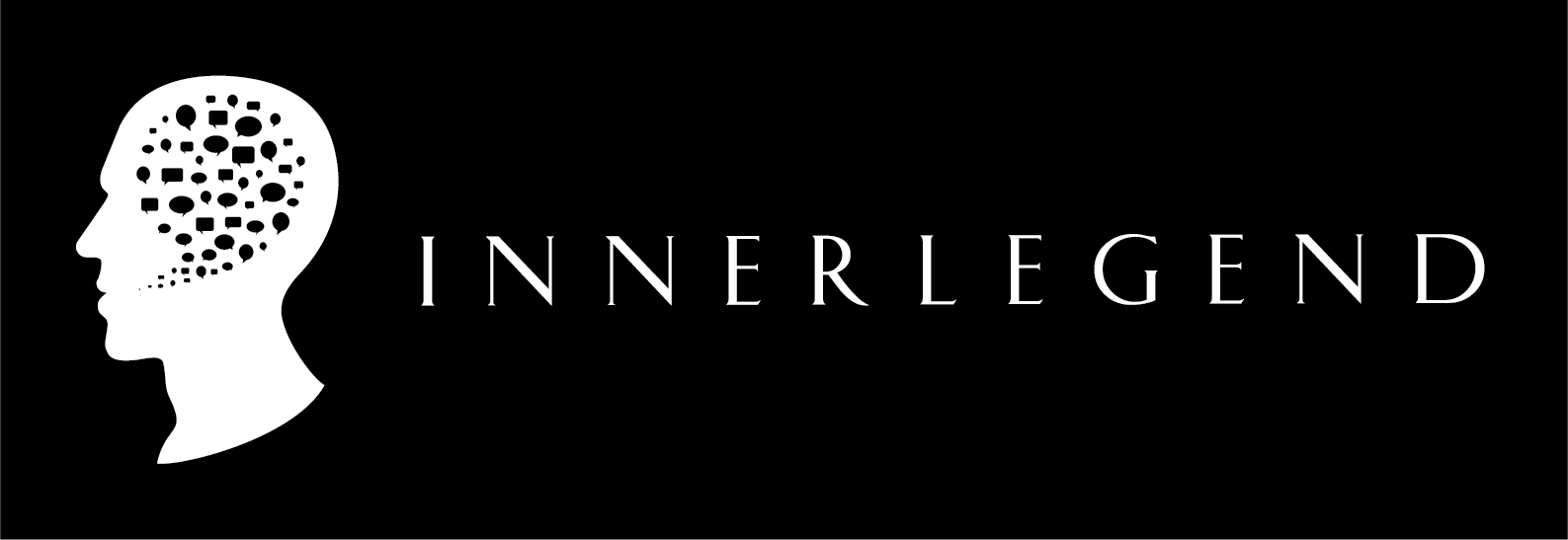
This is an era where companies and business organizations are not able to keep their positions intact, within the Fortune 500 or S&P 500 and other such powerhouse lists & indices, despite being continuously listed in them for many years at a stretch in the recent past.
According to various business studies, such are the insights that prevail in the business world today:
· The average life of firms over the last eight decades: 90 long years in 1935, to 61-year in 1958, narrowed to 25 years in 1980, to 15 years as on today.
· 52% of Fortune 500 – gone bankrupt, acquired or ceased to exist since 2000.
· At current churn rate 75% of today’s S&P 500 will be replaced by 2027.
(Data Courtesy: The Atlantic Daily business article “Where Do Firms Go When They Die”, by Bourree Lam, Apr 12, 2015)
What Could Probably be the Main Cause?
In my personal experience of having intervened with small and medium sized organizations, I have come to realize that most organizations are just blindly and unequivocally focused on one factor that seems to be the unavoidable imperative in the equation and that is, “How fast can we grow?” Growth in terms of size, geographical area, operations, turnover, and revenue and ultimately in terms of valuations seems to be the main over-riding concern. The Founder’s/Owners seem to employ all the CXO’s/heads only to achieve one metric – GROWTH!

This surely seems like a brand new era of business and the underlying sentiment may be summed up by the phrase, “Grow by hook or by crook“, and probably because it seems to most that if they do not focus on growth they are going to be, ‘left in the lurch’. But, take one close look at these organizations and what appears to be common is an endless list of ‘symptomatic’ issues, which not only is frightening, but also is never ever acknowledged for what it really points to. All these issues are simply brushed aside as functional hurdles one must take in ones stride.
Chaos, confusion, shortcuts, lack of quality, lack of commitment, passing the buck or the blame, poor accountability, unequal contribution, lack of ownership, poor employee retention, low employee engagement, lack of loyalty, etc., etc., the list goes on. All these are just symptoms that are consistently showing up in some form in most organizations stemming from one fundamental flaw that lies underneath this heap of indications and that is – ‘a problem of inorganic growth‘.
To get a perspective on this, all one needs to do is understand the very fundamental immutable management law, stated by David Packard, “No Company can grow revenues consistently faster than its ability to get enough of the right people to implement that growth and still become a great company.”
Implement this law, ‘down to it’s T‘’, and most of the symptoms listed above would simply dissipate.
Steps To Handle Accelerated Growth of An Organization
There are volumes of business books and tons of information that flood the internet that promise innovative solutions to such problems, but sticking to the age old wisdom, that which is more commonsensical, and to what has worked in my corporate interventions:
· Focus has to be on getting and keeping the right people on board: The most common mistake is to compromise on the RIGHT PEOPLE. To assume that just about anyone with the required technical skills, if brought onboard will eventually fall in place, as a team member, with exposure and training, can be an extremely shortsighted game plan. More than skills set, the right kinds of people are about mindsets, as that is something that is very difficult to change even with lots of training. With the right people on board who are appropriately compensated, often the problem of lack of motivation, people management, poor accountability, etc., automatically gets taken care of.
· Create more and more leaders and not managers: Rather than focusing on creating highly efficient managers who get more and more adept at delivering results at any cost, the focus should be on creating a leader out of every member on the team, starting with the core management and moving outward. Bringing out the innate leader in every member on the team helps solve the issue of ownership, lack of commitment, contribution and most of all the problem of retention. When team members connect with their work to serve the larger good and find themselves addressing a higher purpose, pay and perks or rank and positions serve little to replace the inner fulfillment and deep satisfaction that one acquires in such work places.
· A disciplined organic growth is fundamental to creating stability: The prevalent trend of raising fresh capital for every cycle of organizational growth and to constantly fund all expenses and allowances through freshly raised capital creates a false sense of security and success. The aim should be, to gradually move into growth out of profits as soon as possible rather than an inorganic, accelerated and a leveraged growth through raising capital. This hugely helps in keeping the expansion of the organization along the lines of its original vision of the founders. A gradual step-by-step, sure-footed, well planned, equally spaced, controlled growth is what ensures the desired stability.
· Constant vigil and lookout for undesired change of both internal and external dynamics: Getting swept away by initial or even sustained success, combined with the failure to foresee the changing dynamics of both internal and external forces at play are often the reason why companies are either going bankrupt, getting acquired or ceasing to exist. Being open to the mind-set that “we are most definitely overlooking something critical right now” and anticipating that, “something is just about to go wrong“, are probably the kind of specific safeguards that will invariably always shockproof an organization against the pitfalls of inorganic growth.
To sum it up, trendy training engagements today come across as prudent measures to tackle inorganic growth. Ambitious managements often justify such interventions as capable of bringing the required stability that is most often missing. But, they do not have the depth or the traction to ensure enduring health and long life of the organization. Nature’s laws like gravity, or newton’s three laws of physics, do not become redundant because of the earth’s aging or advancements in technology. Similarly, new age companies or corporations cannot afford to completely ignore fundamental organizational laws and theories when pursuing newer strategies and trendy organizational interventions. Accelerated growth of an organization will always be a function of how deeply the organization is invested in the fundamental rules that keeps an organization robust and tenacious.
At INNERLEGEND we help organisations take a closer and a deeper look at fundamental aspects that are often overlooked in the frenzy for growth and expansion and help in reinforcing the organisation at the core.
Click here to see what our clients have to say @
http://inner-legend.com/site/clients and https://www.facebook.com/innerlegend/
Contact @ Dreyvan@inner-legend.com or dreyvandayse@gmail.com
